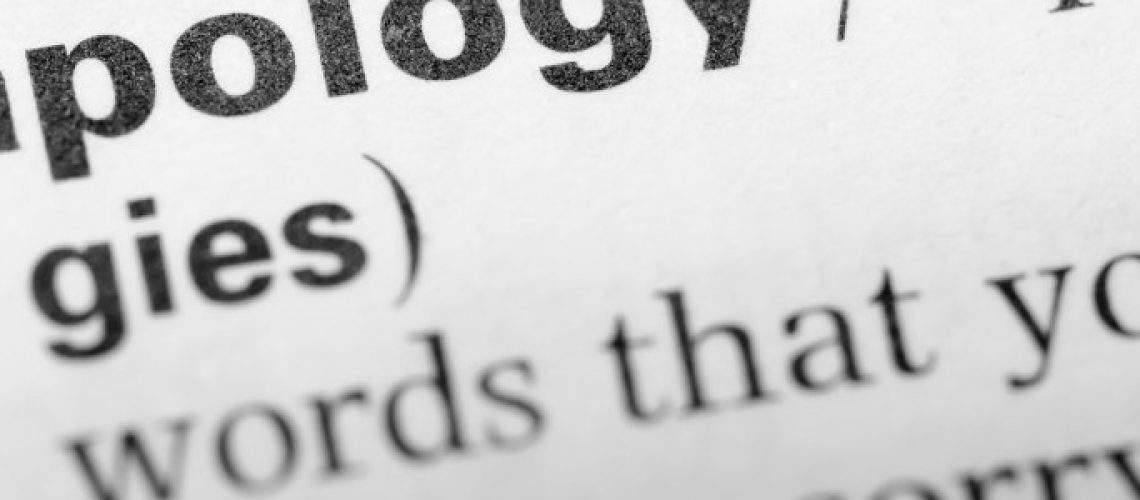A frequent barrier in effective communication is the way we deliver an apology after an altercation. Whether in personal or professional situations, we have all managed to find ourselves in a position where we are expected to apologise for certain behaviours. Regardless of whether we feel that this apology is warranted or not, the way we handle such a situation ultimately becomes the difference between diffusing the situation at hand or further aggravating it.
There are two main areas that require attention when apologising, in order to avoid miscommunication.
- Tone
It is crucial to ensure that the apology is conveyed genuinely. A common mistake we sometimes tend to make is to adopt a harsh, sarcastic or condescending tone. By doing so, all we manage to achieve is to antagonise the person we are dealing with, and further upsetting them, rather than resolving the situation.
Using a gentle and reassuring tone is the most effective way to communicate with someone who is already upset. This results in the relaxing of the nerves of the person we are communicating with, thus making them much more receptive to what we have to say.
A common question we are asked during our training sessions is:
“But what if I know that I haven’t done anything wrong?”
This brings us to our second point of focus.
- Selection of words
The words we make use of are an integral part of effective communication. Many incidents of miscommunication tend to arise from poorly selecting one’s words. Let’s take a look at a couple of scenarios that we may all deal with at some point, if we have not already.
You are apologising to someone in a situation where you do not believe you have done anything wrong.
In such circumstances, an important thing to understand is that ideas are not always received in the exact same way that we have offered them. This basically means that while we may not have intended to offend or upset someone, his or her interpretation of what has been communicated may be entirely different. The best way to deal with such situations is to ensure that we do not take an aggressive stance.
It is always sensible to avoid saying things such as “No, you misunderstood” or “You overreacted. That’s not what I meant.”
The overuse of the word “you” tends to shift the blame back onto the person who is upset. While this may temporarily give us a feeling of having won an argument or saved ourselves from any embarrassment, the fact of the matter is that we have ultimately failed to resolve a negative situation.
A much more effective way to deal with this is to make more use of the word “I”. By saying “I’m sorry I made you feel that way. It wasn’t my intention at all” and “I think I may not have made myself very clear. I apologise”, we accept responsibility for hurting someone’s feelings, while simultaneously clarifying our original intention. By taking this approach, it can be ensured that the person we are addressing will become much more receptive to what we have to say, instead of feeling attacked.
Let’s take a look at an alternative scenario.
You are apologising to someone in a situation where you know you have done something wrong.
In such situations, the best course of action is to apologise by making specific reference to what you think you could have done better. By using language such as “I can see why this has happened. I could have handled this situation much better by….”, we are accepting responsibility for our mistake as well as offering a solution for similar situations in future.
Misunderstandings are very common occurrences when it comes to human interaction. However, by applying these simple techniques, we can ensure that we develop and maintain strong interpersonal skills when it comes to both our personal and professional lives.


